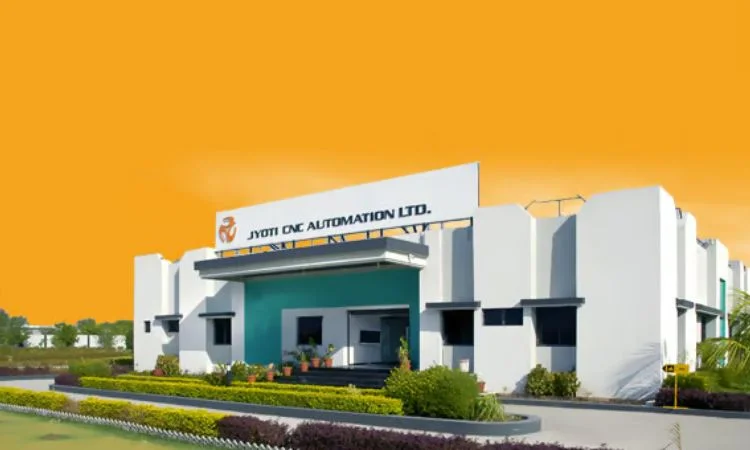Jyoti CNC Automation, one of India’s leading manufacturers of CNC (computer numerical control) machines, is set to launch its initial public offering (IPO) next week to raise Rs. 1000 crore. The 3-day share sale will open for subscription on January 9th with the company fixing the price band at Rs. 315-331 per share. Given Jyoti’s prominent position in India’s growing metal-cutting machines industry and its healthy order book of over Rs. 3300 crore, the IPO is expected to generate significant investor interest. However, with the issue being valued quite steeply, one must carefully examine Jyoti CNC’s financials and business outlook to determine if subscribing makes sense.

Let’s start with the basics. Founded in 1986, Jyoti CNC operates out of three manufacturing plants located in Rajkot, Gujarat and Strasbourg, France. It primarily manufactures high-precision CNC machining centers, horizontal and vertical machining centers, laser and wire-cut machines. Jyoti caters to a wide customer base including prominent names like ISRO, BrahMos Aerospace, Tata Advanced Systems, Hindustan Aeronautics, and many more. Internationally, it has a presence in over 25 countries across Europe, North America, and Asia.
In terms of financial performance, Jyoti CNC turned profitable in the fiscal year ended March 2023 after reporting losses in the previous two years. For FY23, net sales stood at Rs. 952.6 crore compared to Rs. 847.4 crore in FY22 while net profit jumped to Rs. 15.06 crore from a loss of Rs. 29.68 crore. EBITDA margins also improved to 10.47% from 9.73% as the company undertook various cost control initiatives. As of September 2023, Jyoti CNC’s order book provided revenue visibility of Rs. 3315.33 crore over the next 2-3 years.
No doubt Jyoti CNC’s profitability recovery and robust order pipeline present an attractive investment case. However, some points of concern emerge upon deeper scrutiny of the numbers. First, despite the profit numbers, return ratios ROE and ROCE remain quite low at 1.33% and 5.54% respectively for FY23 indicating poor capital efficiency. Total debt also stays at elevated levels of around Rs. 976 crore currently. Second, though short-term margins are improving, long-term profitability depends a lot on efficient working capital management considering the seasonality in Jyoti CNC’s business.
From a valuation perspective, at the issue’s upper price band, Jyoti CNC is valued at a super-premium P/E multiple of 325 times based on its FY23 earnings. While high-growth sectors usually trade at a premium, such a stark valuation leaves little margin of safety. Peer firms like Lakshmi Machine Works and Schaeffler India are available at P/E’s of 38 times and 21 times respectively on far superior return profile. Jyoti CNC’s group firm Hurco India also saw its shares get listed at a more rational P/E of 22 times back in 2016 despite similar business scale.
So in summary, while Jyoti CNC’s leadership position and robust order pipeline present a strong growth runway, some financial efficiency and valuation risk factors need addressing. The company plans to utilize the majority IPO proceeds towards debt repayment, which should help enhance profitability over the long-run. However, short term investors may want to wait for a better pricing and analysis of post-IPO financial performance before participating. From a long term holder’s perspective as well, ongoing industry tailwinds and further improvement in working capital management will need validating the expected re-rating.
Overall, this IPO seems reasonably suitable only for selective long term investors with moderate to high risk appetite. Those able to withstand short term volatility in hopes of participation in Jyoti CNC’s growth potential over the next 5-10 years may consider a small allocation. But for most retail investors, it would be prudent to stay on the sidelines at current premium pricing and observe the company’s progress from the outside after listing. A more favorable risk-to-reward may emerge on price dips, if any. In any case, do thorough research and exercise caution given the challenges around capitalizing on the opportunity.














